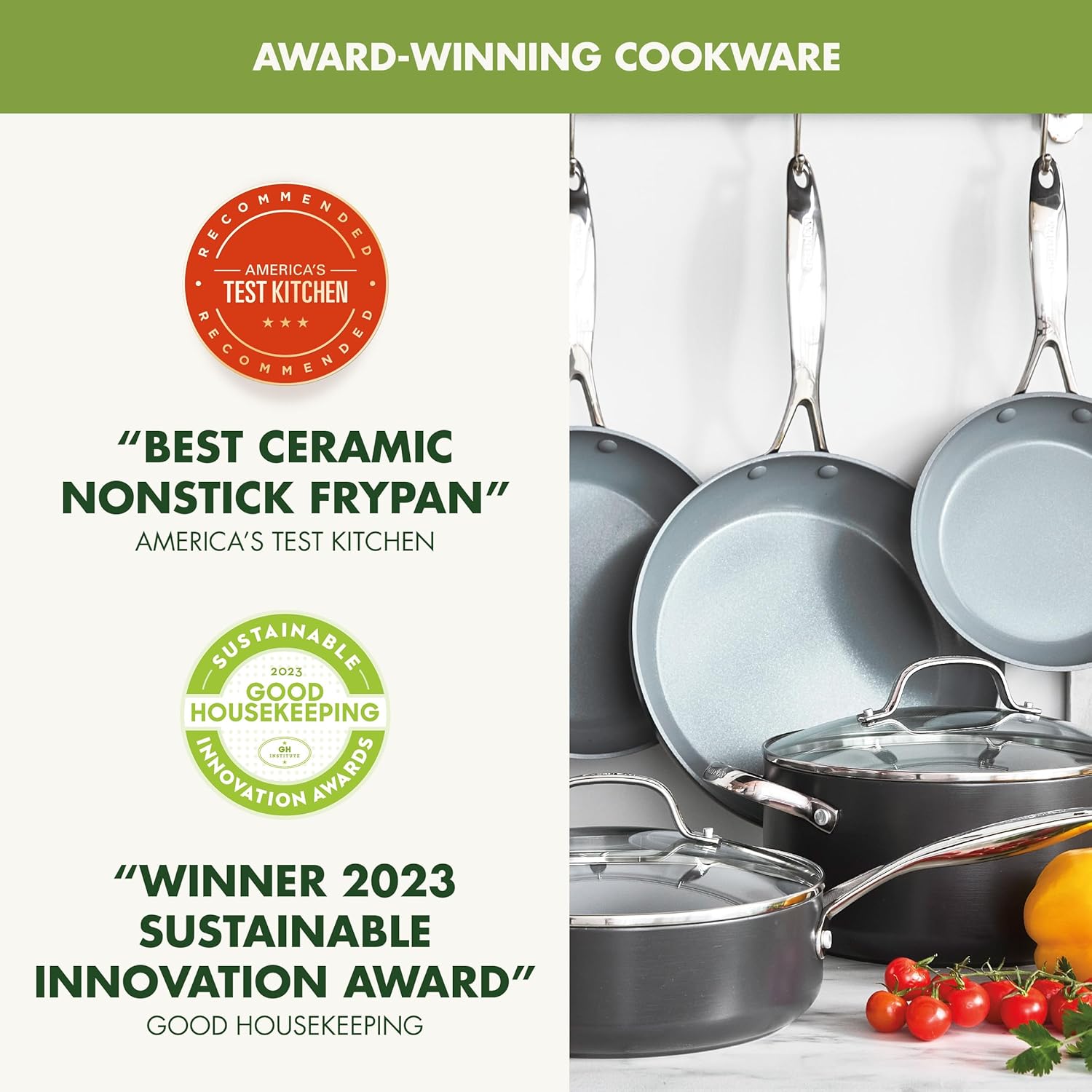How to Build a Zero-Waste Kitchen: Complete Guide

Building a zero-waste kitchen might seem overwhelming, but it's easier than you think! This comprehensive guide will walk you through every step of creating a more sustainable kitchen that reduces waste, saves money, and helps the planet.
What is a Zero-Waste Kitchen?
A zero-waste kitchen aims to eliminate single-use items and reduce food waste to nearly zero. The goal isn't perfection—it's progress. Every small change makes a difference.
The 5 R's of Zero Waste
Before we dive into specific swaps, remember these principles:
- Refuse - Say no to single-use items
- Reduce - Buy less, choose quality over quantity
- Reuse - Choose reusable alternatives
- Recycle - When you must dispose, recycle properly
- Rot - Compost organic waste
50+ Zero-Waste Kitchen Swaps
Storage & Food Prep
- Replace plastic wrap with beeswax wraps or silicone covers
- Use glass containers instead of plastic storage
- Switch to reusable silicone bags (like Stasher bags)
- Use cloth produce bags for grocery shopping
- Store food in mason jars instead of plastic containers
- Choose bamboo or stainless steel lunchboxes
Cleaning Supplies
- Replace paper towels with reusable cloth towels
- Use biodegradable dish soap in bulk or bar form
- Switch to natural cellulose sponges or Swedish dishcloths
- Make your own cleaning solutions (vinegar + water works wonders!)
- Use coconut coir brushes instead of plastic scrubbers
Kitchen Tools & Utensils
- Replace plastic utensils with bamboo or stainless steel
- Choose wooden cutting boards over plastic
- Use stainless steel or bamboo straws (or no straw!)
- Switch to metal or bamboo coffee filters
- Choose glass or stainless steel water bottles
Setting Up Your Zero-Waste Pantry
Step 1: Inventory Your Current Pantry
Start by using what you have. Going zero-waste doesn't mean throwing everything away and starting fresh—that's wasteful! Use up packaged items you already own.
Step 2: Find Bulk Stores
Locate stores that offer bulk bins where you can bring your own containers:
- Whole Foods
- Natural Grocers
- Local co-ops
- Farmers markets
Step 3: Stock Your Containers
Invest in quality glass jars and containers. Mason jars work great and are affordable. Label them clearly for easy organization.
Reducing Food Waste
Meal Planning
The average family wastes $1,500 worth of food each year! Combat this with:
- Weekly meal planning
- Shopping with a detailed list
- Using a "eat first" bin in your fridge
- Batch cooking to use ingredients efficiently
Food Storage Tips
- Store herbs in water like flowers
- Wrap lettuce in cloth towels to extend freshness
- Keep bananas separate (they make other fruit ripen faster)
- Use the freezer! Freeze bread, herbs in oil, chopped vegetables
Composting
Composting is essential for a zero-waste kitchen. Options include:
- Outdoor compost bin: Best for yards
- Countertop composter: Great for apartments
- Vermicompost: Use worms to break down food scraps
- Municipal programs: Many cities offer compost pickup
Budget-Friendly Zero-Waste Tips
Going zero-waste doesn't have to be expensive:
- Start with free items: repurpose jars, use old t-shirts as rags
- Buy secondhand: thrift stores have great glassware
- Make your own: DIY cleaners, grow herbs from scraps
- Focus on what you use most: start with high-impact swaps
- Buy less overall: quality items cost more upfront but last longer
Common Mistakes to Avoid
- Buying all new everything: Use what you have first!
- Being too hard on yourself: Progress, not perfection
- Forgetting reusable bags: Keep them in your car or by the door
- Not composting: Food waste in landfills creates methane
- Giving up too soon: New habits take time
Your 30-Day Zero-Waste Challenge
Try these weekly goals:
Week 1: Assessment
- Track your trash for one week
- Identify your biggest waste sources
- Make a list of easy swaps
Week 2: Kitchen Basics
- Start using reusable bags
- Switch to cloth towels
- Begin meal planning
Week 3: Storage & Cleaning
- Replace plastic containers with glass
- Make DIY cleaning solutions
- Set up composting system
Week 4: Shopping & Habits
- Shop bulk bins with your containers
- Buy produce without packaging
- Assess progress and adjust
Conclusion
Building a zero-waste kitchen is a journey, not a destination. Start with small, manageable changes and build from there. Every piece of plastic you refuse, every meal you plan, and every scrap you compost makes a difference.
Remember: The best zero-waste solution is the one you'll actually use. Choose swaps that fit your lifestyle, and don't stress about being perfect. Together, we can create meaningful change—one sustainable swap at a time.
Affiliate Disclosure: This article contains affiliate links. We may earn a commission from qualifying purchases at no cost to you. Store ID: mpd200-20. Learn more
You Might Also Like

10 Best Sustainable Cookware Brands for 2025
Discover the top eco-friendly cookware brands that combine sustainability with exceptional performance...

Lodge Cast Iron Skillet Review: Best Value for $30?
After 90 days of daily use, here's our honest review of the most popular budget cast iron skillet...